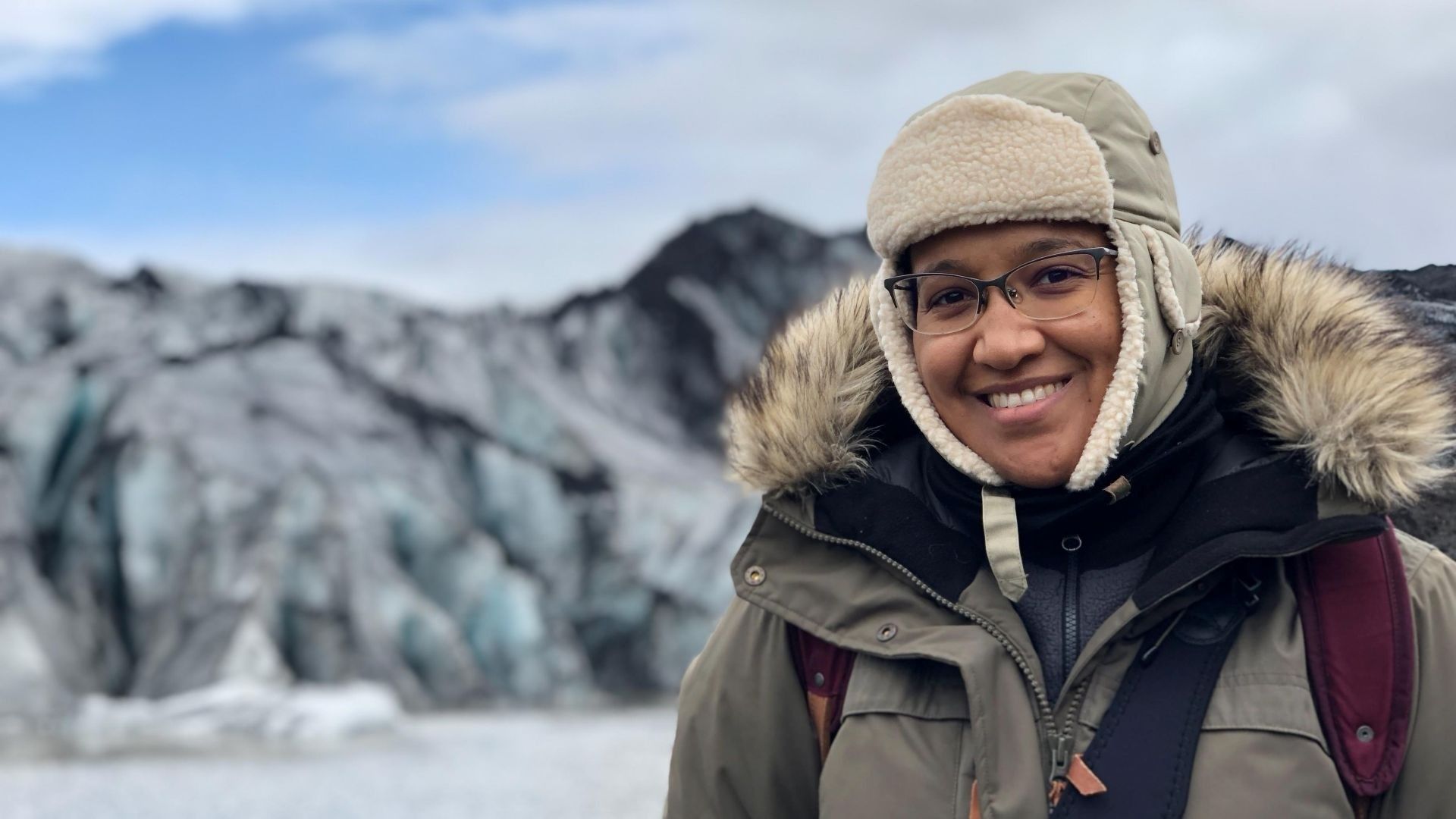"You can’t leave Greenland without it changing you. You can’t shake it."
"The Arctic isn't just visually stunning – it’s an entirely different sensory experience. The silence can be deafening."
Watching polar bears hunt, exploring fjords, and the deafening sound of silence? Stanford-educated engineer-turned-Greenland-advocate, Arielle Montgomery shares her thoughts on photography, climate change, and the best way to really see Greenland…
You've visited every town in Greenland. What does that journey mean to you?
Arielle: I am a completionist, so I am one of the few foreigners and one of the only Americans that have been to every town in Greenland. The more I traveled, the more I realized how little the outside world understands about Greenland beyond icebergs and climate change. The more remote, the more rewarding the experience was. In the remote towns, I was transported to an entirely different way of approaching life and it transformed me. We always say that you can’t leave Greenland without it changing you. You can’t shake it.
What wildlife moments have stayed with you from your Greenland travels?
Arielle: Many! Watching a polar bear stalk a seal from a safe distance, I've seen a polar bear about 3 meters away from me and my hunter on a snowmobile, seeing the Northern Lights dance over an Inuit hunting camp, sharing food with a family in a remote settlement. I don’t know where to start when it comes to local life. I saw a beluga whale harvest and it inspired me to make a little film, called 'It's hard to hear a whisper,' about how many people do not understand indigenous rights when it comes to hunting. Inuit strength isn't loud, it's quiet because you have to listen to the environment to survive. Being loud isn't useful.
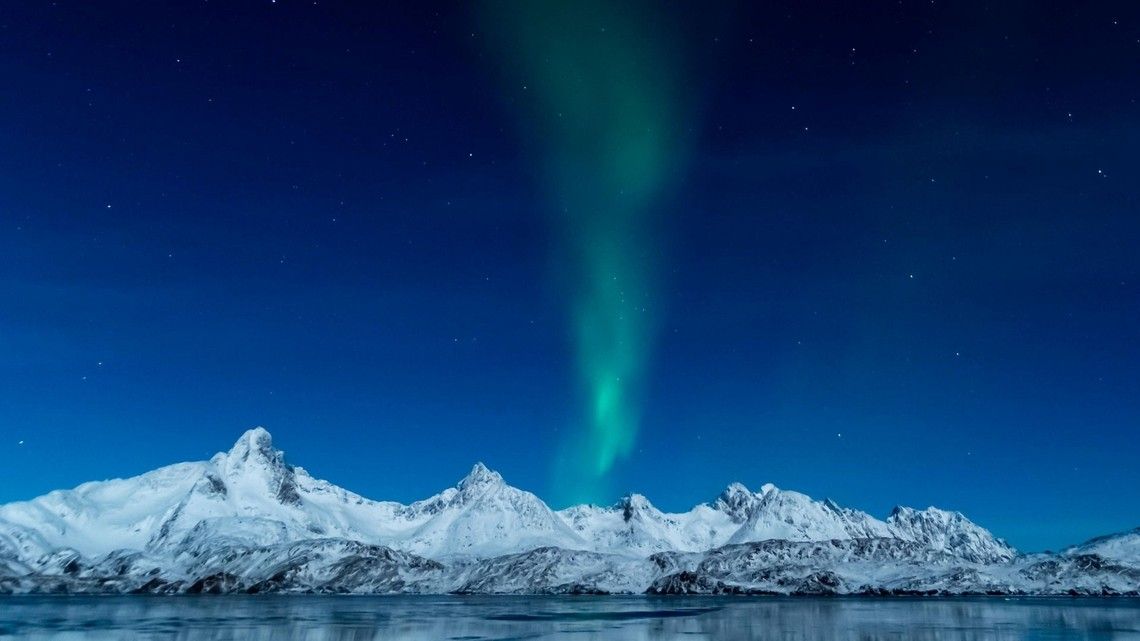
That sounds like such an interesting project. Can you tell us more?
Sure! The project was about shedding light on how rapid modernization of Greenland and the wage economy Inuit left the hunters and their irreplaceable wisdom feeling worthless. How the whispers of the elders were not meant for city life. The sense of cultural identity is strong in the remote towns like Ittoqqortoormiit and Qaanaaq but in Nuuk, it’s much more challenging to feel connected to the land. In the remote towns, it’s difficult to quantify subsistence in the statistics so on paper, these places are poor. But in reality, they’re rich in identity but the quotas and the melting sea ice mean it’s especially difficult for them to survive. There are other challenges too, like the expense of maintaining a dog team and the feed requirements. There are complex dynamics in each pack, much like herds of horses with hierarchy. You can’t just add any dog to the pack and expect it to succeed or be accepted by the rest. We are looking into stimulating the dog teams in Ittoqqortoormiit because some of the young hunters don’t have their dogs yet and it will be crucial for their development as hunters as well as for income.
How have traditional Inuit cultures adapted to modern life, and what aspects remain strong?
Arielle: The hunting tradition remains, even if the tools have changed. Mainly the 77 snowmobile is the most obvious adaptation. Community bonds are still incredibly strong. But adaptation isn’t always easy because rapid modernization has brought challenges like loss of sila, identity, housing shortages and food insecurity.
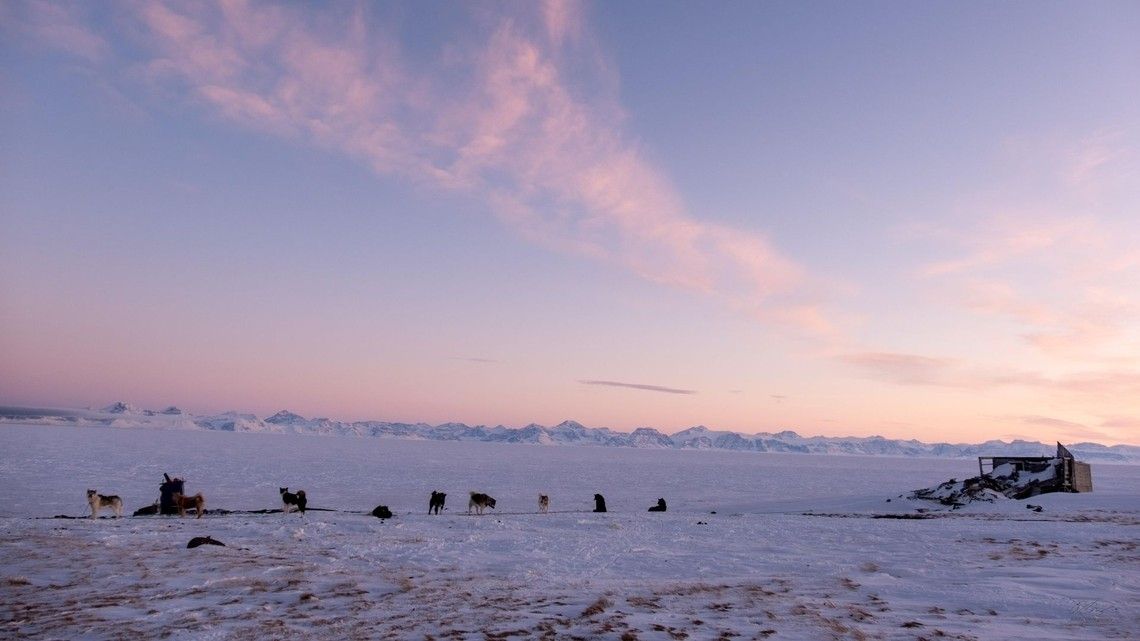
Scoresbysund is the world’s largest fjord system. What makes this area special to you?
Arielle: Its vastness. But also it is the place where I have experienced many firsts. I experienced the sea ice there for the first time, I saw my first polar bear there, it’s the first fjord I’ve crossed with my guides on an uncut trail, it was the place I was able to walk on the ice and touch an iceberg, and it was the first fata morgana mirage I had ever seen. You can go days without seeing another ship. The icebergs here are massive, and the landscape is almost otherworldly.
Where glaciers move and history melts
What wildlife encounters can happen in Scoresbysund or Kong Oscar Fjord?
Arielle: Musk oxen, Arctic foxes, Arctic hares, seabirds, narwhals, walrus and possibly polar bears. The sheer remoteness means wildlife behaves more naturally here.
What does visiting the remote village of Ittoqqortoormiit reveal about Arctic life?
Arielle: It’s one of Greenland’s most isolated communities, where subsistence hunting is still vital. It challenges people’s ideas of what it means to live in the Arctic.
How does the abandoned mining town of Ivittuut reflect Greenland’s past?
Arielle: It was the world’s only cryolite mine, critical for aluminum production in WWII. Now it’s a ghost town, a reminder of Greenland’s role in global history. I’d like to keep it like that because I have a bias on this issue. I’m on the side of the Greenlanders for the debate about the film. It’s the injustice of not sharing this with the Greenlanders that is the most offensive and the narrative that Greenland is a cost center / given a grant as charity from Denmark.
What’s the significance of the Qilakitsoq mummies, which are currently kept at the Greenland National Museum in Nuuk?
Arielle: They offer an astonishing glimpse into Inuit life many years ago. Their preservation is absolutely eerie, especially the infant. I’ll be going there this summer on a different trip.
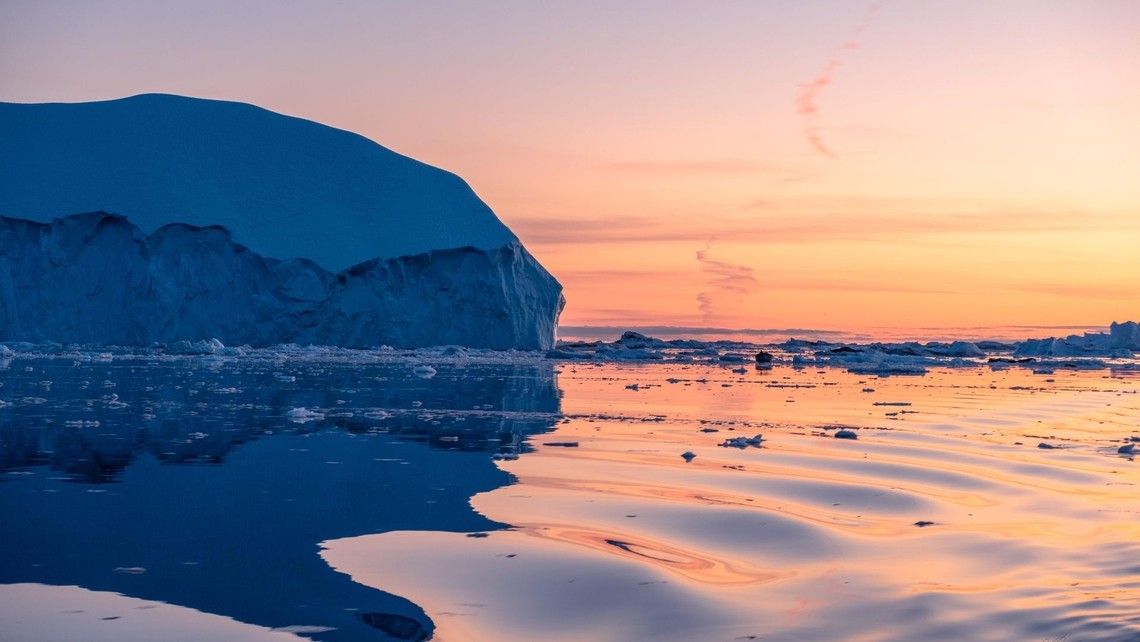
Disko Bay and the uninhabited island Skjoldungen are both found on the Western coast of Greenland, what makes them so unforgettable?
Arielle: The ice in Disko Bay is surreal—some of the most photogenic in the world. Skjoldungen feels like a secret, untouched wilderness.
Hear the silence roar
Ilulissat Icefjord is a UNESCO site. Can you tell us a bit more about it please?
Arielle: It’s home to one of the fastest-moving glaciers on Earth. The scale of ice movement here is unparalleled. It’s also stunningly beautiful. Sermeq Kujalleq is the name of the glacier at the base of the Ilulissat Icefjord, and it is an impressive one. The glacier is huge. It is 6 kilometers wide and 45 kilometers long. That corresponds to 66,000 football fields. The glacier is known for dropping the same amount of ice in the water daily, which equals the annual consumption of water of the entire island of Manhattan. Sermeq Kujalleq produces 10 % of all icebergs in Greenland.
And what so special about kayaking in the Arctic?
Arielle: It’s the closest you can get to the ice without being on it. You feel the cold, hear the ice cracking. It’s completely immersive. The Arctic isn't just visually stunning—it's an entirely different sensory experience. The silence can be deafening.
Why is your photography such a powerful part of your work?
Arielle: I use photography to tell stories that go beyond the usual doom-and-gloom narratives of Arctic change. Photography is my way of capturing the spirit of Greenland. It’s not just about ice—it’s about the people, the way light moves across the landscape, and the feeling of standing at the edge of the world. Seeing is believing. People hear about melting ice, but when they see an image of a collapsing glacier or an Inuit hunter on shifting sea ice, it hits differently. I hope my photos create an emotional connection, making people care about Greenland not as an abstract climate battleground but as a real place with real people.
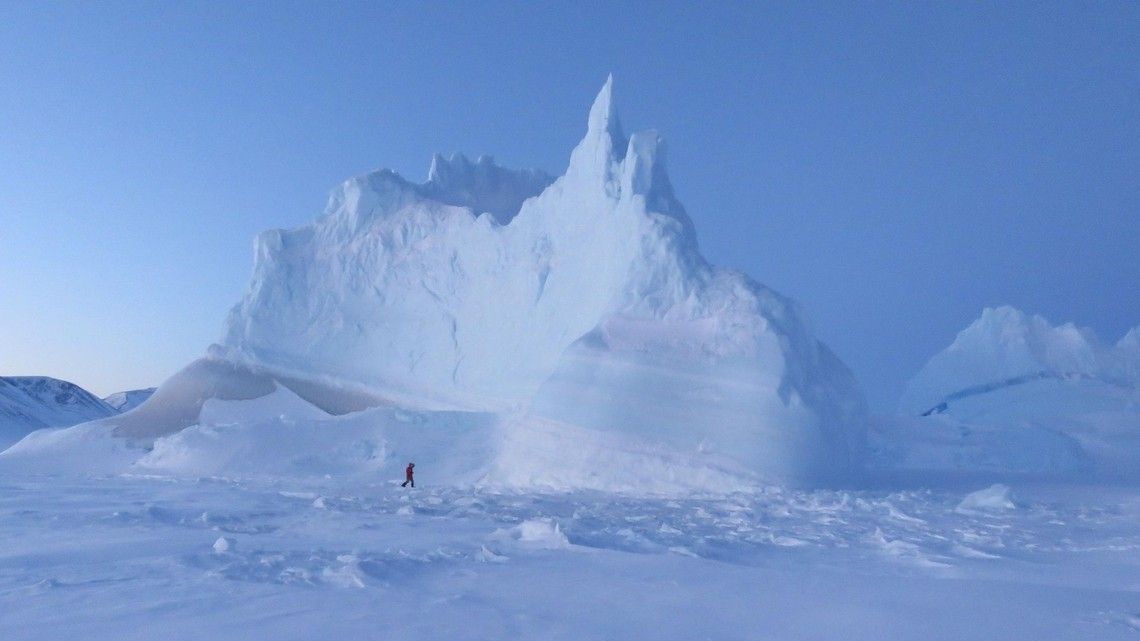
You’ve photographed some of Greenland’s most remote and dramatic landscapes. What’s your advice for those hoping to do the same?
Arielle: Shoot during the golden hours—early morning or late evening—when the light is soft. We have a lot of light in the summer months—from June until August, it’s nearly 24 hour daylight. My best photos of Greenland are when it’s cloudy or on the 'midnight' tours in the evening hours. Personally, I much prefer the light in the evening. Look for reflections and scale—an iceberg with a tiny zodiac in the frame tells a better story than ice alone. And be patient! Icebergs change by the minute.
Every visit brings a new lesson
What keeps drawing you back to the Arctic?
Arielle: It’s where I feel most alive. Every visit is different. But I’m fascinated by the life ways of the Inuit people so I go back mostly on cultural expeditions that I organize to learn about how to disconnect to reconnect with myself. I am a better problem solver and a better friend when I come back from Greenland. I learn so much from the wisdom of the elders or looking at the ice in a way I didn’t think possible. I love going deeper and deeper into Greenlandic culture with each visit. It’s as if I’m a researcher.
What makes expedition cruising a great way to see Greenland?
Arielle: Access. It’s gives you the highest chance of seeing wildlife. Many destinations in Greenland can only be reached by ship, especially in the remote places.
What’s the best travel advice you’ve received?
Arielle: Respect the land, respect the people, and always be prepared for weather to change in an instant. There’s no such thing as bad weather, just bad clothes!
